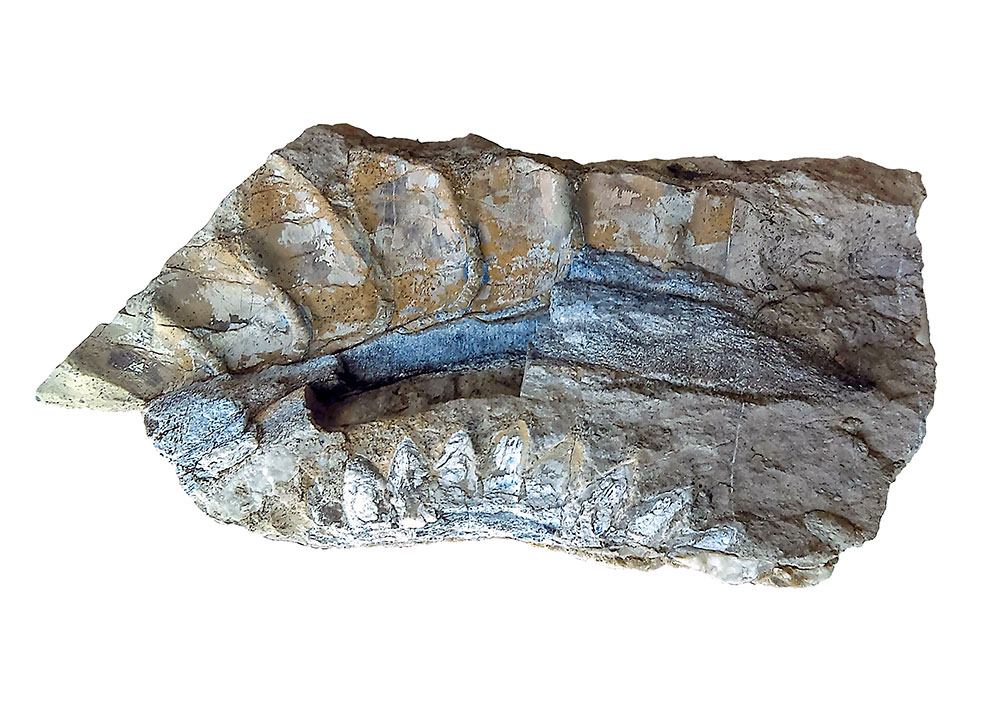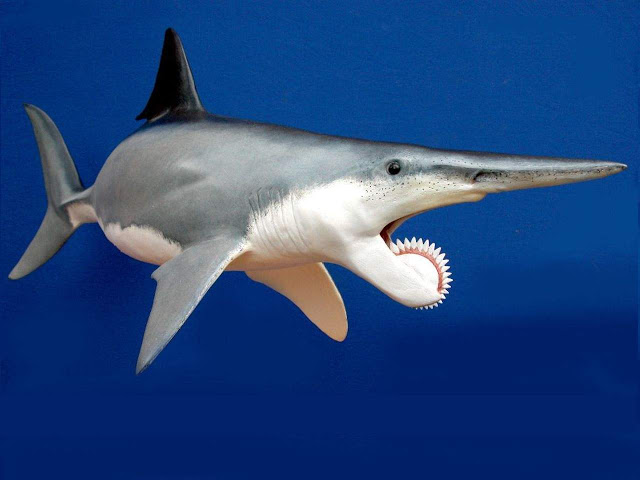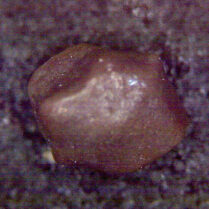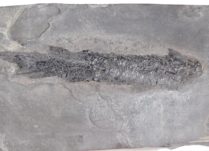Description
Helicoprion sp.
Early Permian
Phosphoria Formation
USA
180mm x 100mm jaw of this incredibly rare shark. Extraordinarily rare.
One of the holy grails of the shark tooth collecting world is Helicoprion. It lived during the Early Permian which was around the end of the time cartilaginous fishes were at the height of their diversity in body type and jaw structure. This was a time before any of the modern shark orders appeared.
The striking shape of the tooth whorl left its position in the jaws debatable among researchers for over 100 years until one specimen was collected with jaw cartilages preserved allowing a well-supported interpretation that the whorl was positioned in the lower jaw with no teeth in the upper jaw. Helicoprion has been said to be more closely-related to chimeras based on the studied jaw structure even though the animal was unlike any modern forms in general body form.
Relatives of Helicoprion were among the cartilaginous fish groups that survived the end-Permian extinction but they died out by the end of the Triassic.
This partial whorl is one of the few that has reached the market in the past 30 years. You can count them on one hand.
See: Ancient shark relative had buzzsaw mouth
Wikipedia: Helicoprion






